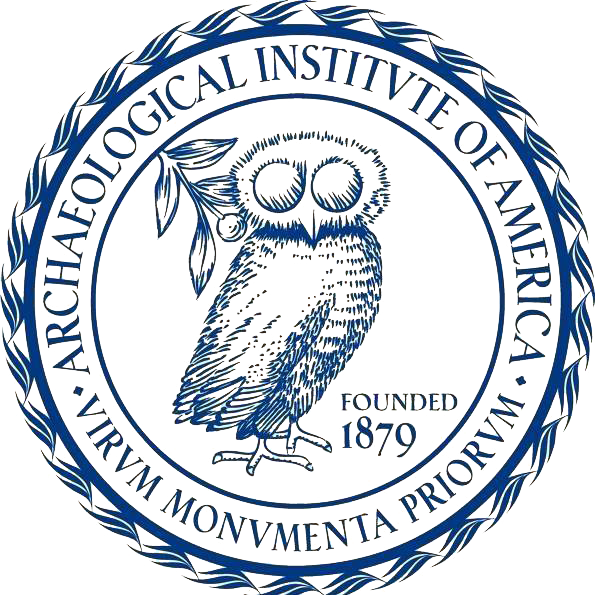2023 Speakers
Dr. Charles Stanish from the University of South Florida
The Origins and Nature of the Paracas Culture
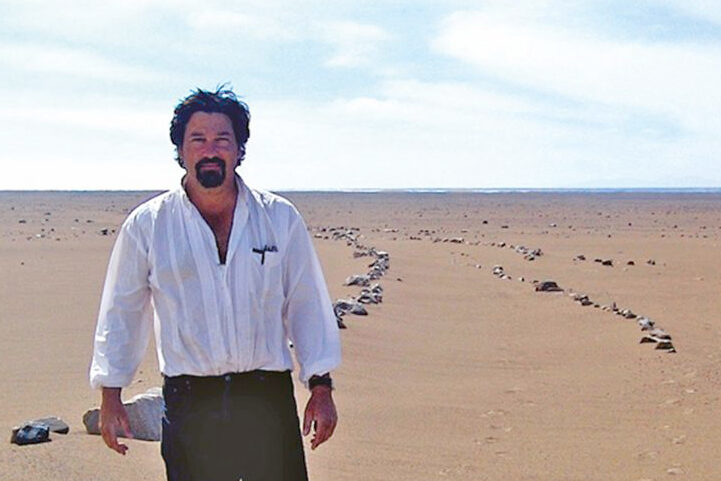
The Paracas culture emerged in the first millennium BCE on the south coast of Peru. It is the precursor to the better-known Nazca culture famous for the massive geoglyph complex located near its capital of Cahuachi. Paracas artifacts, including geoglyphs, are found over a large area of almost 15,000 sq. km along the Pacific watershed. This civilization is known for its beautiful art objects, particularly textiles, ceramics, as well as its complex burial practices. This talk will describe the Paracas culture and synthesize the exciting discoveries of the last 20 years that have revolutionized our understanding of these extraordinary people.
Charles Stanish has worked extensively in Peru, Bolivia, and Chile, conducting archaeological research on the prehistoric societies of the region. His theoretical work focuses on the roles that trade, war, and labor organization play in the evolution of human cooperation and complex societies. He also works with a sustainable development group to preserve global cultural heritage through a combination of micro-lending, direct community grants, and tourist infrastructure development. He was a Senior Fellow at Dumbarton Oaks Research Library, is a Fellow of the American Academy of Arts and Sciences and is a member of the National Academy of Sciences of the United States.
Dr. Lori Lee from Flagler College
Fort Mose: Marginality in Spanish Florida
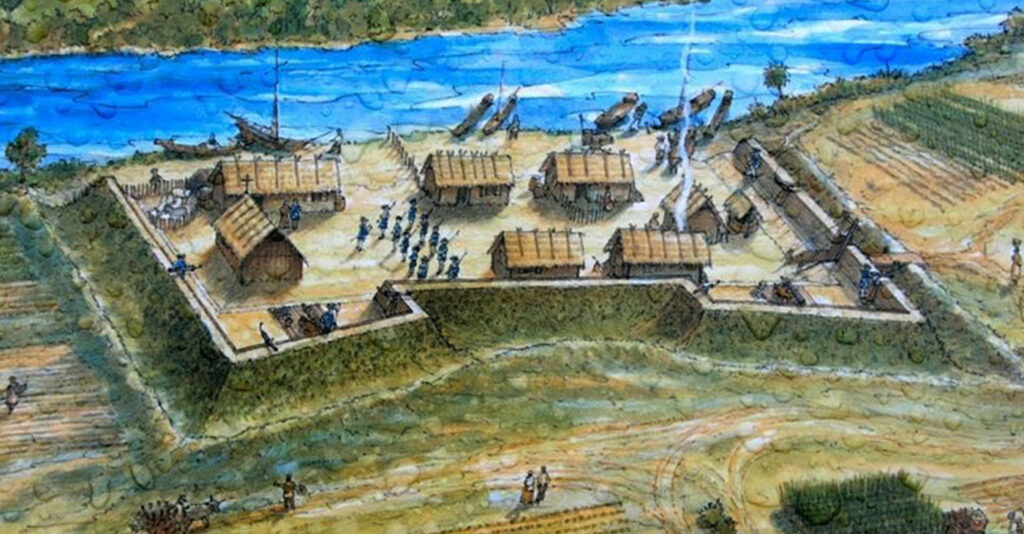
Fort Mose was the first legally sanctioned free black community in Spanish North America. In 1693 the Spanish governor of Florida guaranteed the legal freedom of self-emancipated Africans and African Americans if they converted to Catholicism, built and occupied a fort on the frontier of St. Augustine, and fought against Spanish enemies. These soldiers created a multicultural community of African, African American, and indigenous families. This presentation examines archaeological evidence and historical documents to investigate the daily practices people used to enact their freedoms in a location and time where those freedoms were contested. A discussion of the sociopolitical context of the archaeological work also reveals how essential collaborative archaeology has been to challenging local racism from the 1970s into the present through locating the fort, telling the story of Fort Mose, and establishing Fort Mose State Historic Park.
Dr. Lee earned her Ph.D. in Anthropology specializing in Historical Archaeology from Syracuse University’s Maxwell School and an M.A. and B.A. in Anthropology from the University of Texas at Arlington. Her areas of specific interest include African Diaspora, gender, material culture, migration, and memory.
Dr. Daniel Contreras from the University of Florida
What Can Peru's Archaeological Radiocarbon Record Tell Us about the ‘Early Horizon’?
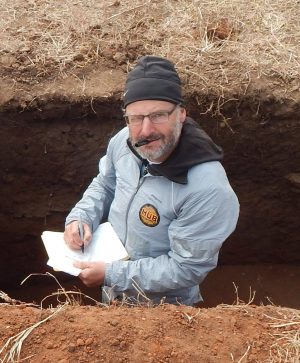
Since the early 20th century, archaeologists have organized Central Andean prehistory by identifying horizons: periods during which style, iconography, and material culture were shared over broad areas. The identification of horizon phenomena began as a vital chronological tool for archaeologists, but the spread of absolute dating methods now enables a focus on horizons themselves as objects of investigation.
Dr. Contreras says, "In this talk I use the example of the so-called “Early Horizon” associated with first millennium B.C.E. site of Chavín de Huántar to explore how chronology can shed light on the character and even existence of horizon phenomena. By situating the radiocarbon evidence associated with Chavín in the broader context of the regional radiocarbon record, I identify not only peer sites with which Chavín interacted, but also other less obvious contemporaries. In the process I ask whether horizons are identified or imposed, what processes produce the patterns of evidence termed horizons, and how we can better understand the Peruvian past."
Dr. Contreras an anthropological geoarchaeologist interested in human-environment interactions, particularly anthropogenic components of dynamic landscapes and environmental change. His research currently includes both field-based and modeling projects in Peru, Utah, Jordan, France, and Greece, where he examines landscape change and its relationship to long-term human occupation, looking at the ways in which humans have both adapted to and caused environmental changes.
Dr. Adam King from the University of South Carolina
The Rise of Etowah: Creating Community, Place, and Identity
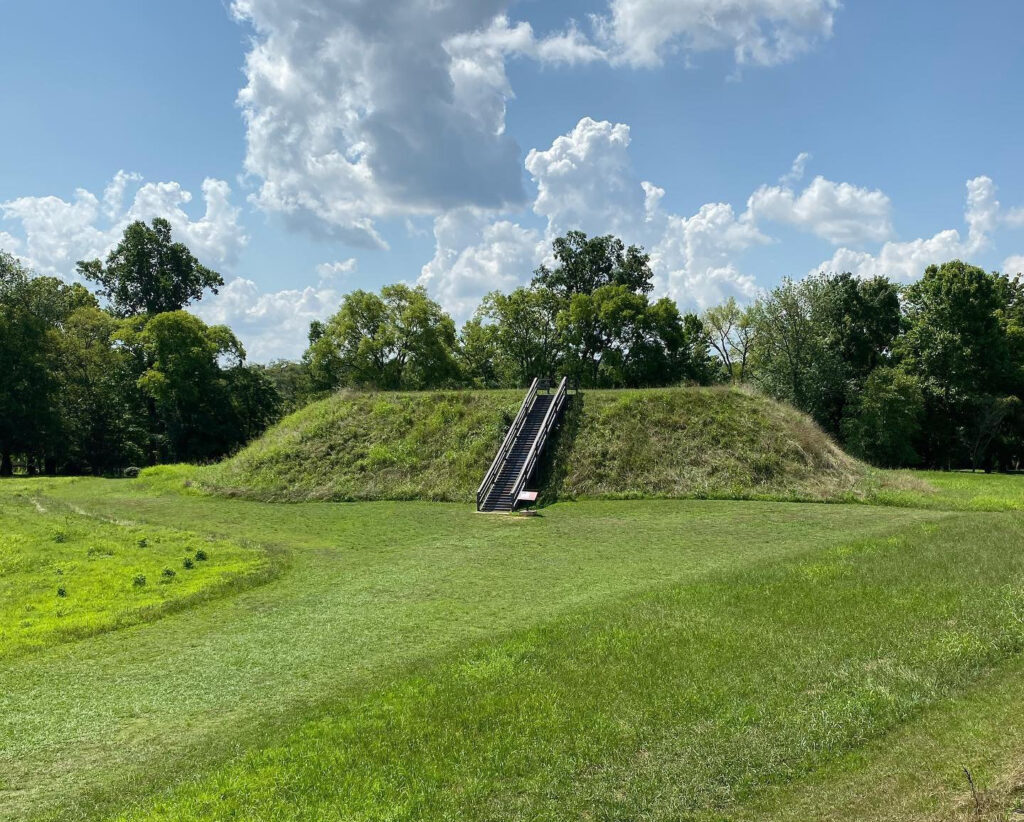
The Etowah site is one of the best-known 14th century Indigenous ritual centers in the Deep South. As a place, Etowah began in the 12th century when local people and immigrants from neighboring regions brought together a unique set of practices and ideas to create a new kind of community. By the start of the 14th century, an influx of new people and ideas ushered in Etowah’s rise to prominence as its architects transformed their landscape to create an impressive ritual and political center. Within a few generations, an attack by an unknown enemy ended that reign when they burned the Etowah community and severed its connection to the sacred. In this talk, Dr. King explores how the people who built Etowah used everyday things, monuments, and the sacred to forge a sense of place, history, and identity. LEARN MORE ABOUT ETOWAH MOUNDS STATE HISTORIC SITE
Adam King is a Research Associate Professor in the Research Division. His research interests center on variation in the organization of Mississippian period societies in the Deep South. He is currently pursuing projects in the Etowah River Valley of northwestern Georgia and the middle Savannah River Valley on the Georgia-South Carolina border. In the Etowah Valley, he is working on reconstructing the history of the polities associated with the famous Etowah site. Current projects include 1. creating GIS layers and a relational database to analyze the extensive mortuary data from Etowah's Mound C, 2. exploring beliefs about the sacred and their intersection with social inequality through the study of Mississippian art and iconography, and 3. investigating the layout of the Etowah site through full cover remote sensing surveys. In the Savannah Valley, he is exploring the histories of four small centers and associated polities through examination of town layout and settlement distributions.
Dr. Carolyn Kennedy, professor at Texas A&M University
The Gaspe Maritime Archaeology Project
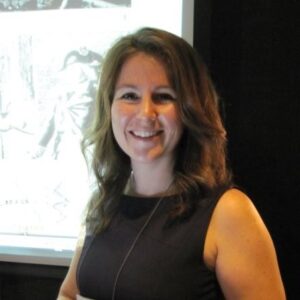
Gaspe Bay is located in eastern Quebec and was visited by early European ships in order to fish for cod. The ships were large and technically advanced, yet some of their features are still unknown. The Institute of Nautical Archaeology at Texas A & M has surveyed the area hoping to find wrecks of these ships. This lecture will present the results of the remote-sensing survey, the documentation efforts of the nautical materials, and the long-term goals of the project.
I am a nautical archaeologist with a focus on North American maritime history. I received my Master’s and PhD from Texas A&M University’s Nautical Archaeology Program where my thesis and dissertation examined the hulls of four 19th-century steamboats in Lake Champlain, Vermont, analyzing how their designs differed and developed over the course of the century as shipbuilders sought to create the ideal hull for the novel steam propulsion. After graduating, I spent a year as a research associate using cutting-edge laser-scanning technology to document the disarticulated timbers from three historic shipwrecks in Alexandria, Virginia, and reconstructing the ships digitally to better understand their original design and use.
Currently, I am co-directing the Gaspé Maritime Archaeology Project, launched in 2019, which seeks to study the maritime heritage and nautical archaeology of early European colonization and subsistence activities of eastern Québec and Canada. In addition to my interests in the historical and maritime archaeology of Canada and the United States, my research specialties and teaching interests also include public archaeology, analytical archaeology, and the conservation of archaeological materials.
Dr. Elizabeth Murphy, AP of Roman Archaeology in the Department of Classics at FSU
Potters in the Roman East: Daily life of an everyday profession in the Roman Empire
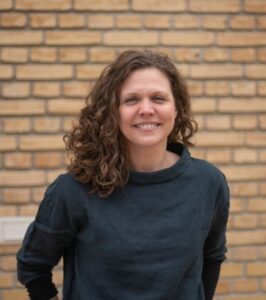
Dr. Murphy will discuss the everyday working lives of ancient potters. With many hundreds of kilns documented from the Mediterranean, with elaborate trade networks reconstructed from distributed pottery, and with workshops appearing in a range of settings (from cities to rural estates), potters and their ceramic products are the most archaeologically visible craft profession of the ancient world, yet we have no biographical accounts or personal narratives from the period on the lives of these workers. Using the rich archaeological record, she will investigate their workplaces and working lives—from the technologies of production to the rituals and magic of workshops.
Elizabeth A. Murphy (PhD, Joukowsky Institute for the Study of the Ancient World, Brown University) is an archaeologist specializing in the study of the Mediterranean during the Roman Imperial and Late Antique periods. Her research and teaching concerns the social and economic organization of the Roman world; more specifically, her work focuses on the history and archaeology of labor, production, and technology, with complementary interests in ancient urbanism and the Roman military. She is a specialist in material culture studies, with particular emphasis on the artifactual record of crafts production, and her fieldwork projects have spanned the ancient Mediterranean world from Asia Minor to Italy. She currently co-directs the Landscape Archaeology of Southwest Sardinia project (LASS), a diachronic landscape project in the modern region of Sulcis-Iglesias (Sardinia, Italy). With LASS, she is investigating the settlement organization, landscape exploitation, and daily life practices of this rural region during the period of the Roman Empire.
Dr. Emily Zavodny, Assistant Professor of Anthropology at the University of Central Florida
Building the Seasonal Round: faunal and isotopic evidence for agro-pastoral scheduling in prehistoric Croatia
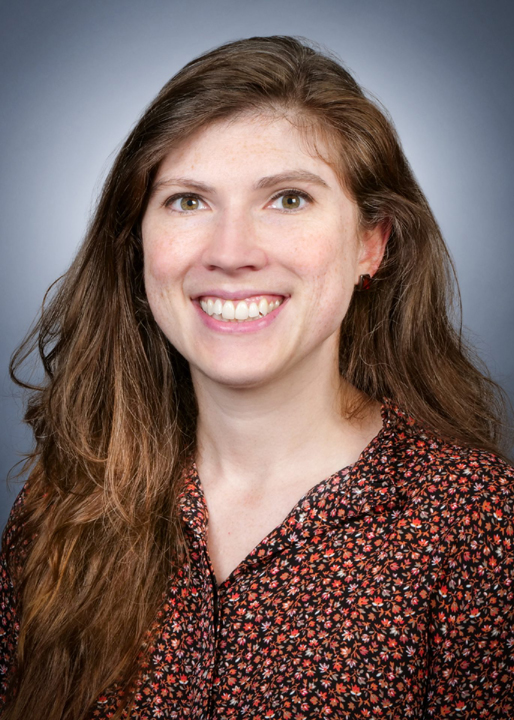 Today the Lika region of central Croatia is considered an unpredictable and resource-poor environment. Though this characterization is assumed to have held true in prehistoric times as well, the Late Bronze Age (1200-800 BC) is characterized by the seemingly rapid emergence of economic and sociopolitical complexity throughout the area. These newly centralized populations and systems demanded increased economic specialization to sustain them, but were also more susceptible to risk caused by both normal environmental variation and inevitable but erratic crises. In Lika the precise scheduling of subsistence activities – planting, herding, harvesting- would have been critical given the area’s short summers, long winters, and unpredictable frosts.
Results from Summer 2019 excavations at one Late Bronze Age hillfort site, Piplica, provide an opportunity to identify and characterize this agricultural cycle. Here we integrate faunal analysis with light isotope ratios derived from bone and teeth (carbon, oxygen, nitrogen) to better understand how prehistoric farmers scheduled their activities in order to successfully balance the demands of a newly centralized population with local environmental constraints.
ABOUT EMILY: "I am an environmental archaeologist specializing in paleoecology, zooarchaeology, and isotope geochemistry. I am broadly interested in how past human and animal populations adapted to marginal landscapes, resource scarcity, and/or changing climate and environments. My current research focuses on the introduction and acclimatization of domesticated animals (cattle, sheep, goats, pigs) to different ecosystems in the Balkans and their enduring impact on human behavior and local landscapes. I have active field and lab projects based on my ongoing work in Croatia, and am currently developing a zooarchaeology and stable isotope prep lab here at UCF."
Today the Lika region of central Croatia is considered an unpredictable and resource-poor environment. Though this characterization is assumed to have held true in prehistoric times as well, the Late Bronze Age (1200-800 BC) is characterized by the seemingly rapid emergence of economic and sociopolitical complexity throughout the area. These newly centralized populations and systems demanded increased economic specialization to sustain them, but were also more susceptible to risk caused by both normal environmental variation and inevitable but erratic crises. In Lika the precise scheduling of subsistence activities – planting, herding, harvesting- would have been critical given the area’s short summers, long winters, and unpredictable frosts.
Results from Summer 2019 excavations at one Late Bronze Age hillfort site, Piplica, provide an opportunity to identify and characterize this agricultural cycle. Here we integrate faunal analysis with light isotope ratios derived from bone and teeth (carbon, oxygen, nitrogen) to better understand how prehistoric farmers scheduled their activities in order to successfully balance the demands of a newly centralized population with local environmental constraints.
ABOUT EMILY: "I am an environmental archaeologist specializing in paleoecology, zooarchaeology, and isotope geochemistry. I am broadly interested in how past human and animal populations adapted to marginal landscapes, resource scarcity, and/or changing climate and environments. My current research focuses on the introduction and acclimatization of domesticated animals (cattle, sheep, goats, pigs) to different ecosystems in the Balkans and their enduring impact on human behavior and local landscapes. I have active field and lab projects based on my ongoing work in Croatia, and am currently developing a zooarchaeology and stable isotope prep lab here at UCF."Dr. Nancy Thomas, Professor Emerita of Art History Jacksonville University
Was Herodotus Right? Lions in Ancient Greece
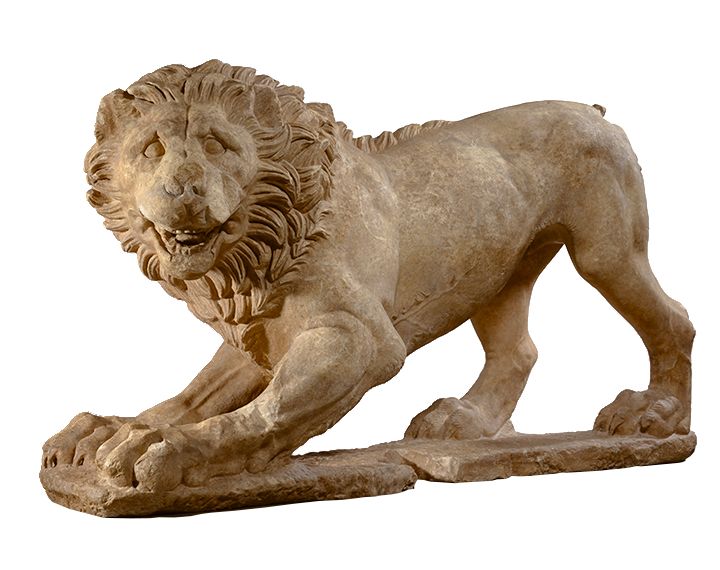 Modern scholars scoff at Herodotus because he said real lions existed in ancient Greece. Was he right after all? Myths and art are not good enough proof. Even a few real lion bones could be the remains of imported pets, or pelts. Since the 1970s, however, this picture has totally changed as more and more Panthera leo bones have been unearthed all over Greece. Combining different kinds of evidence, Nancy R. Thomas, Professor Emerita of Art History at Jacksonville University, gives us a new, lion’s eye view of life in ancient Greece.
Modern scholars scoff at Herodotus because he said real lions existed in ancient Greece. Was he right after all? Myths and art are not good enough proof. Even a few real lion bones could be the remains of imported pets, or pelts. Since the 1970s, however, this picture has totally changed as more and more Panthera leo bones have been unearthed all over Greece. Combining different kinds of evidence, Nancy R. Thomas, Professor Emerita of Art History at Jacksonville University, gives us a new, lion’s eye view of life in ancient Greece.
